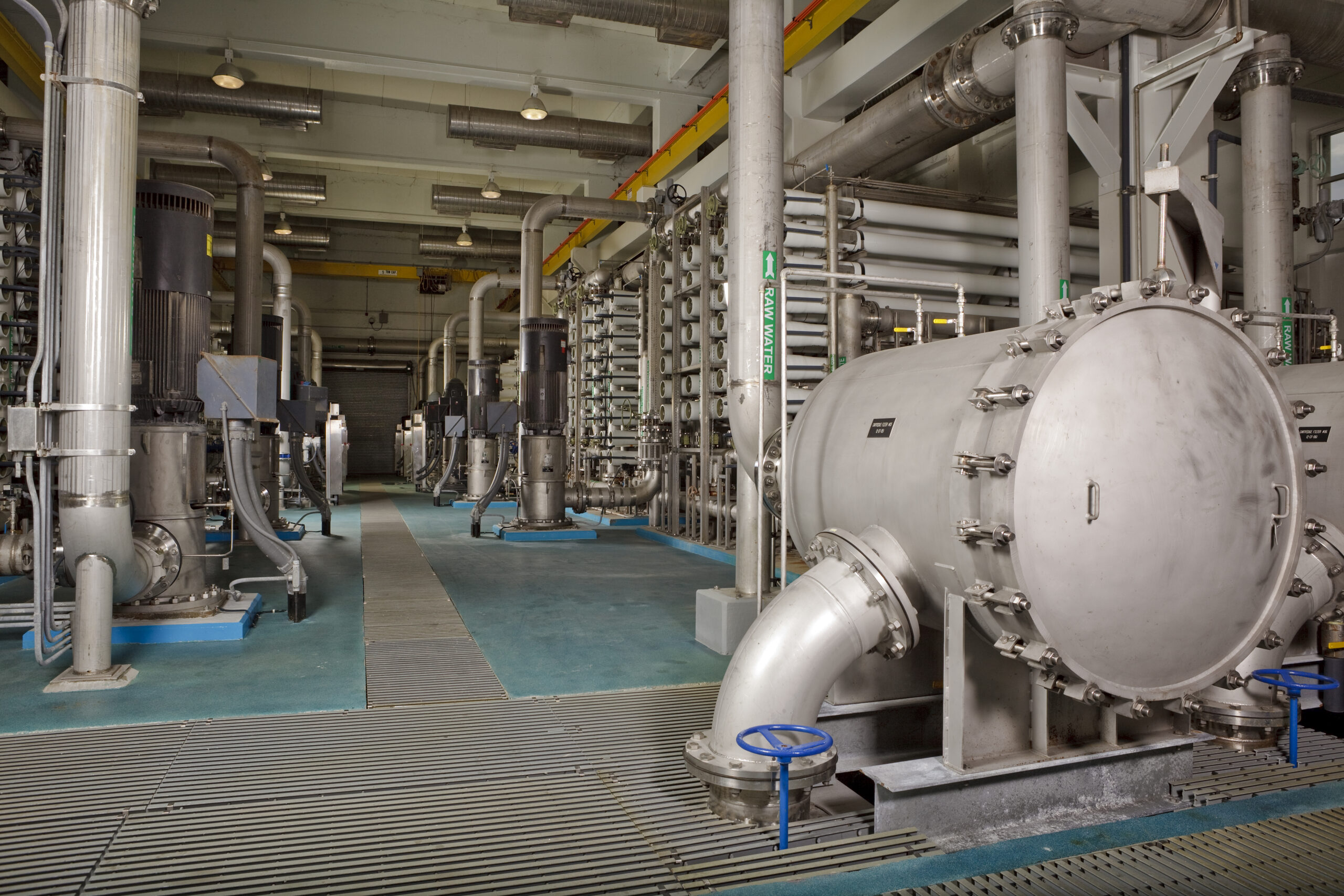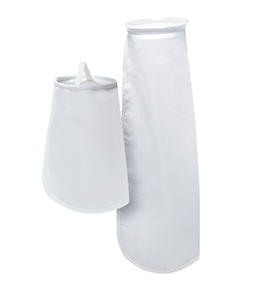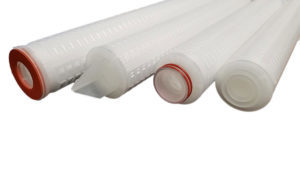
Bottled Water Clarification and Prefiltration
Clarification and prefiltration plays a critical role in the production of bottled water, ensuring that the final product is visually appealing, free from unwanted particles, and meets high-quality standards.
Understanding Particulate Filtration
Particulate filtration is a process employed to remove suspended particles and impurities from water. It involves passing the water through a filter medium that selectively retains and removes unwanted particulate matter, including sediment, debris, and microscopic particles. This filtration process improves the visual clarity of the water and eliminates potential aesthetic issues.
Incoming Water Filtration
Particulate filtration happens at a few steps within the bottled water production process. Water enters from a municipality, spring, or groundwater. The water can be called point-of-entry water, it typically contains insoluble particles like sand, silt, rust, or general debris. Water must be filtered before entering processes as removing the large contaminants protects more expensive downstream filters from being overburdened.
Post Carbon Filtration
The next particulate filtration step is after activated carbon filtration (if present) to collect any carbon fines from entering the process. Carbon is used to reduce chlorine and chemical taints of the water. Allowing carbon fines Indownstream can cause issues in other processes and prematurely clog finer filtration.
Membrane Prefiltration
The last particulate filtration steps are before the RO membranes and sterilizing grade membranes. This ensures the most expensive filtration steps are adequately protected to extend their life and ultimately save money. Without proper prefiltration expensive membranes foul and clog much quicker.
Importance in Bottled Water Production
Particulate filtration is a crucial step in the bottled water production process for several reasons:
- Visual Appeal: Bottled water is expected to have a clear and pristine appearance. Particulate filtration ensures the water is free from visible particles, sediments, or floating debris, enhancing its visual appeal and consumer perception.
- Product Quality: By removing unwanted particles, particulate filtration improves bottled water’s overall quality and purity. It ensures that consumers receive a product that meets their expectations of cleanliness and aesthetic excellence.
- Protection of Equipment: Particulate filtration helps safeguard production equipment by preventing the accumulation of debris and particles that may cause clogging or damage. This leads to more efficient and cost-effective operation of the production process.
- Consumer Safety: Although most suspended particles in water are harmless, their presence may raise concerns among consumers regarding water quality and safety. Particulate filtration provides reassurance by removing visible impurities and meeting regulatory standards for bottled water production.
Benefits of Particulate Filtration
- Improved Aesthetics: Particulate filtration enhances the visual clarity of bottled water, making it visually appealing and reassuring to consumers.
- Enhanced Product Quality: By removing suspended particles, particulate filtration contributes to the overall purity and quality of the bottled water, ensuring a superior drinking experience.
- Compliance with Regulations: Particulate filtration helps bottled water manufacturers meet regulatory standards and guidelines for product clarity and quality.
- Protection of Brand Reputation: By consistently delivering bottled water with excellent visual clarity and purity, particulate filtration helps maintain and enhance the brand reputation of bottled water manufacturers. This fosters consumer trust and loyalty, leading to increased customer satisfaction and repeat purchases.
- Process Efficiency: Particulate filtration reduces the risk of clogging and damage to production equipment, resulting in smoother operations, improved efficiency, and reduced downtime.
- Customer Satisfaction: Providing bottled water that is free from visible particles contributes to customer satisfaction, as consumers associate clarity and purity with a premium product.
Key Filter Requirements
- Withstand blockage from variable particle loading
- Stable construction to withstand high pressure
- High flow rates
The filtration typically used for this application is designed to handle large amounts of contaminants that are variable in size. The filter selection for these applications will significantly impact the performance of downstream filtration and process efficiency.
Recommended Particulate Filters
Global Filter suggests a few different products for these applications.

Incoming Water Filters
20 Micron or 10 Micron Filters
Global Filter recommends bag, high flow, or depth filters as incoming water filters. Depending on the average particle size, a tighter micron rating can be used for higher efficiency. It is also essential to take into account existing system fit.

Post Carbon Filters
5 Micron or 1 Micron Filters
Global Filter recommends depth, high flow, or pleated depth filters for post-carbon filtration. For this application, pleated depth filters are used most as they offer high-holding capacity and are efficient at finer filtration. High flows offer even higher holding capacities at higher flow rates but can require an existing system change.

Membrane Prefilters
1 Micron Filters
Global Filter recommends depth, high flow, or pleated depth filters for membrane prefiltration. For this application, pleated depth filters are used most as they offer the greatest amount of protection for expensive membranes.


